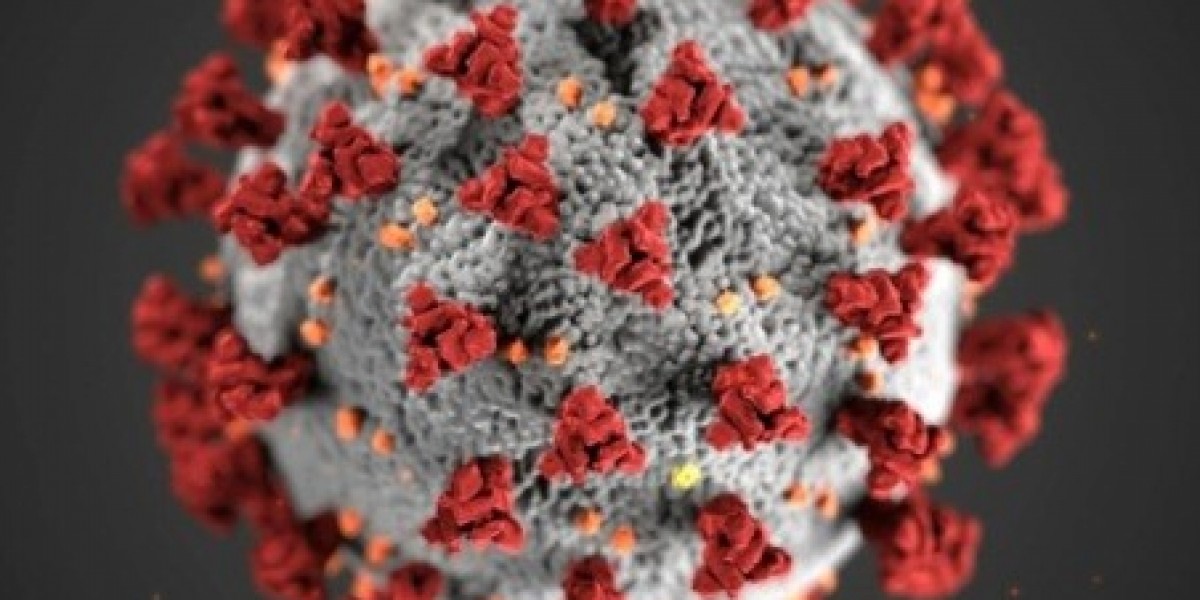Imagine wearing a medical patch on your skin for 7 days straight without itching, pulling, or leaving behind red marks. Until recently, that was wishful thinking. But in 2025, it's becoming the new standard—thanks to a quiet revolution happening in wearable adhesive technology.
We often admire high-tech gadgets like smart insulin pumps or cardiac monitors, but very few pause to consider the simple strip of material that literally holds it all together. Yes, the adhesive. It's not flashy, and it doesn’t beep or blink, but it’s the reason medical wearables work in the first place.
So what’s changed? A lot, actually.
?⚕️ The Comfort Crisis No One Talked About
Ask any patient who’s used a continuous glucose monitor (CGM) or wearable ECG patch. They’ll tell you that removing the device can feel like a mini waxing session—and for those with fragile or sensitive skin, it can even cause bruising or open wounds.
Adhesive-related skin injuries (known medically as MARSI) have long been an accepted side effect of wearables. But why should patients suffer for the sake of technology? In 2025, that question is being asked—and answered—loud and clear.
? Silicone, Sensors, and Skin Science
One of the most exciting developments in wearable adhesives is the adoption of soft silicone-based materials. These offer a secure hold without aggressive bonding. They peel off like second skin and are perfect for repeated use.
Another star is hydrocolloid adhesives, commonly used in wound care. These are breathable, moisture-absorbing, and ideal for patients with skin disorders or those undergoing long-term treatment.
Some manufacturers are even turning to bio-based polymers that respond to skin pH or temperature—meaning the adhesive adjusts to your body’s unique needs. That’s not just smart design; that’s empathy engineered into materials.
? Smart Wearables Need Smarter Adhesives
As wearable tech grows smarter and more complex, so must the adhesives that carry them. It’s not just about sticking something to your skin—it’s about maintaining signal quality, resisting sweat, allowing movement, and staying put in heat or humidity.
In response, companies are innovating with multi-layer adhesives. These include an inner comfort layer, a performance middle, and an outer barrier to protect electronics. Some even integrate micro-textures that improve breathability and flexibility, so the skin doesn’t feel “smothered.”
?Real-Life Impacts: From Athletes to the Elderly
These improvements aren’t just technical wins—they’re personal ones. Elderly patients, especially those with thinning skin, are benefitting from gentler adhesives. Athletes and fitness enthusiasts are now able to wear biometric patches during intense workouts without worrying about slippage or rash.
In pediatrics, skin-safe adhesives are enabling better monitoring of infants without risking skin tears. And for people living with chronic conditions like diabetes or Parkinson’s, reliable adhesive patches mean fewer interruptions and more peace of mind.
? A Greener Stick
Another rising trend in 2025 is sustainable adhesives. As the demand for disposable health wearables grows, so does the waste. Researchers are experimenting with biodegradable adhesives that offer the same performance but break down harmlessly post-use.
While this area is still developing, it’s a promising direction—especially as healthcare providers look to reduce their environmental footprint.
Browse More Reports:
3D Printed Clear Dental Aligner
3D Printed Maxillofacial Implant
Imagine wearing a medical patch on your skin for 7 days straight without itching, pulling, or leaving behind red marks. Until recently, that was wishful thinking. But in 2025, it's becoming the new standard—thanks to a quiet revolution happening in wearable adhesive technology.
We often admire high-tech gadgets like smart insulin pumps or cardiac monitors, but very few pause to consider the simple strip of material that literally holds it all together. Yes, the adhesive. It's not flashy, and it doesn’t beep or blink, but it’s the reason medical wearables work in the first place.
So what’s changed? A lot, actually.
?⚕️ The Comfort Crisis No One Talked About
Ask any patient who’s used a continuous glucose monitor (CGM) or wearable ECG patch. They’ll tell you that removing the device can feel like a mini waxing session—and for those with fragile or sensitive skin, it can even cause bruising or open wounds.
Adhesive-related skin injuries (known medically as MARSI) have long been an accepted side effect of wearables. But why should patients suffer for the sake of technology? In 2025, that question is being asked—and answered—loud and clear.
? Silicone, Sensors, and Skin Science
One of the most exciting developments in wearable adhesives is the adoption of soft silicone-based materials. These offer a secure hold without aggressive bonding. They peel off like second skin and are perfect for repeated use.
Another star is hydrocolloid adhesives, commonly used in wound care. These are breathable, moisture-absorbing, and ideal for patients with skin disorders or those undergoing long-term treatment.
Some manufacturers are even turning to bio-based polymers that respond to skin pH or temperature—meaning the adhesive adjusts to your body’s unique needs. That’s not just smart design; that’s empathy engineered into materials.
? Smart Wearables Need Smarter Adhesives
As wearable tech grows smarter and more complex, so must the adhesives that carry them. It’s not just about sticking something to your skin—it’s about maintaining signal quality, resisting sweat, allowing movement, and staying put in heat or humidity.
In response, companies are innovating with multi-layer adhesives. These include an inner comfort layer, a performance middle, and an outer barrier to protect electronics. Some even integrate micro-textures that improve breathability and flexibility, so the skin doesn’t feel “smothered.”
?Real-Life Impacts: From Athletes to the Elderly
These improvements aren’t just technical wins—they’re personal ones. Elderly patients, especially those with thinning skin, are benefitting from gentler adhesives. Athletes and fitness enthusiasts are now able to wear biometric patches during intense workouts without worrying about slippage or rash.
In pediatrics, skin-safe adhesives are enabling better monitoring of infants without risking skin tears. And for people living with chronic conditions like diabetes or Parkinson’s, reliable adhesive patches mean fewer interruptions and more peace of mind.
? A Greener Stick
Another rising trend in 2025 is sustainable adhesives. As the demand for disposable health wearables grows, so does the waste. Researchers are experimenting with biodegradable adhesives that offer the same performance but break down harmlessly post-use.
While this area is still developing, it’s a promising direction—especially as healthcare providers look to reduce their environmental footprint.
Browse More Reports:









